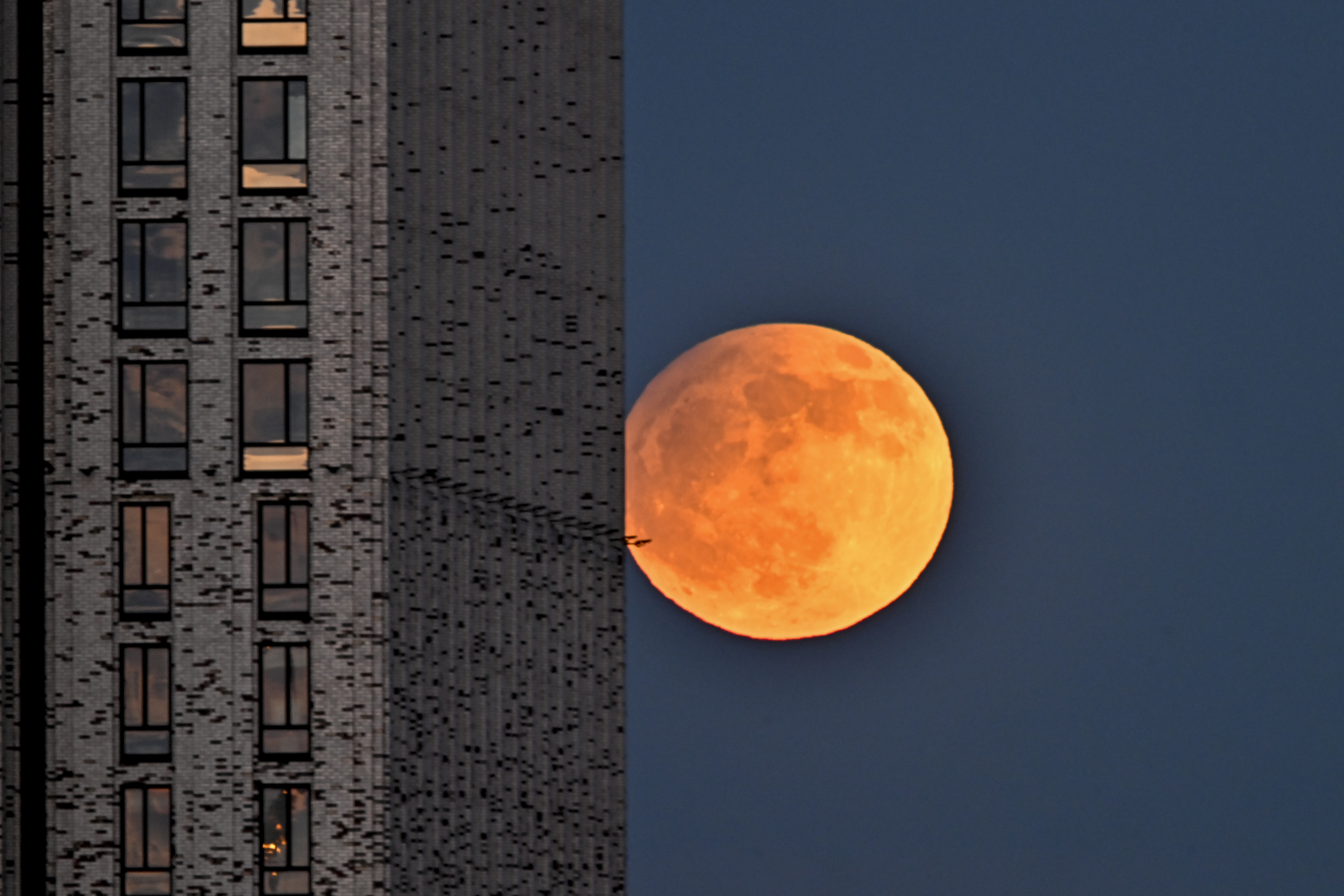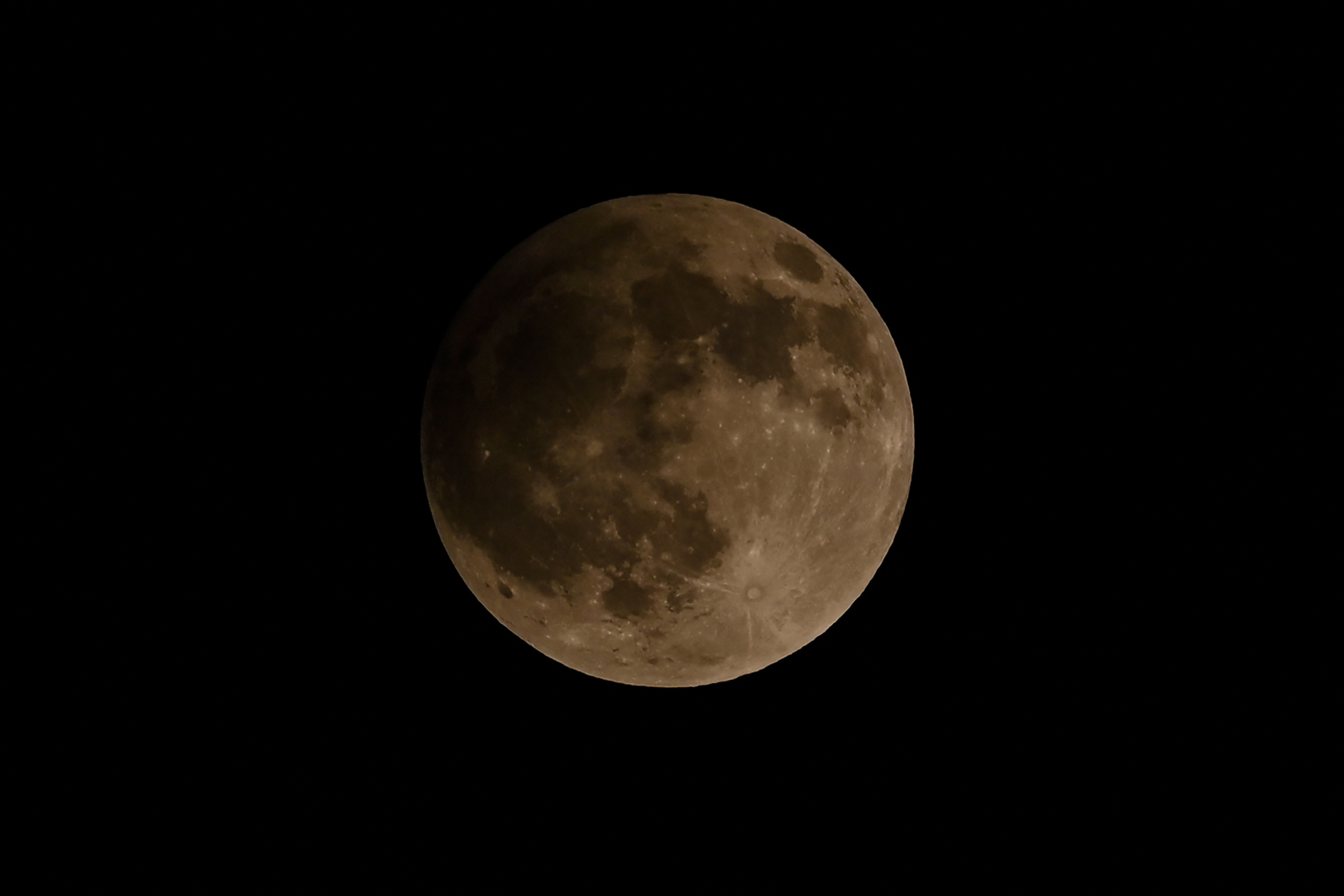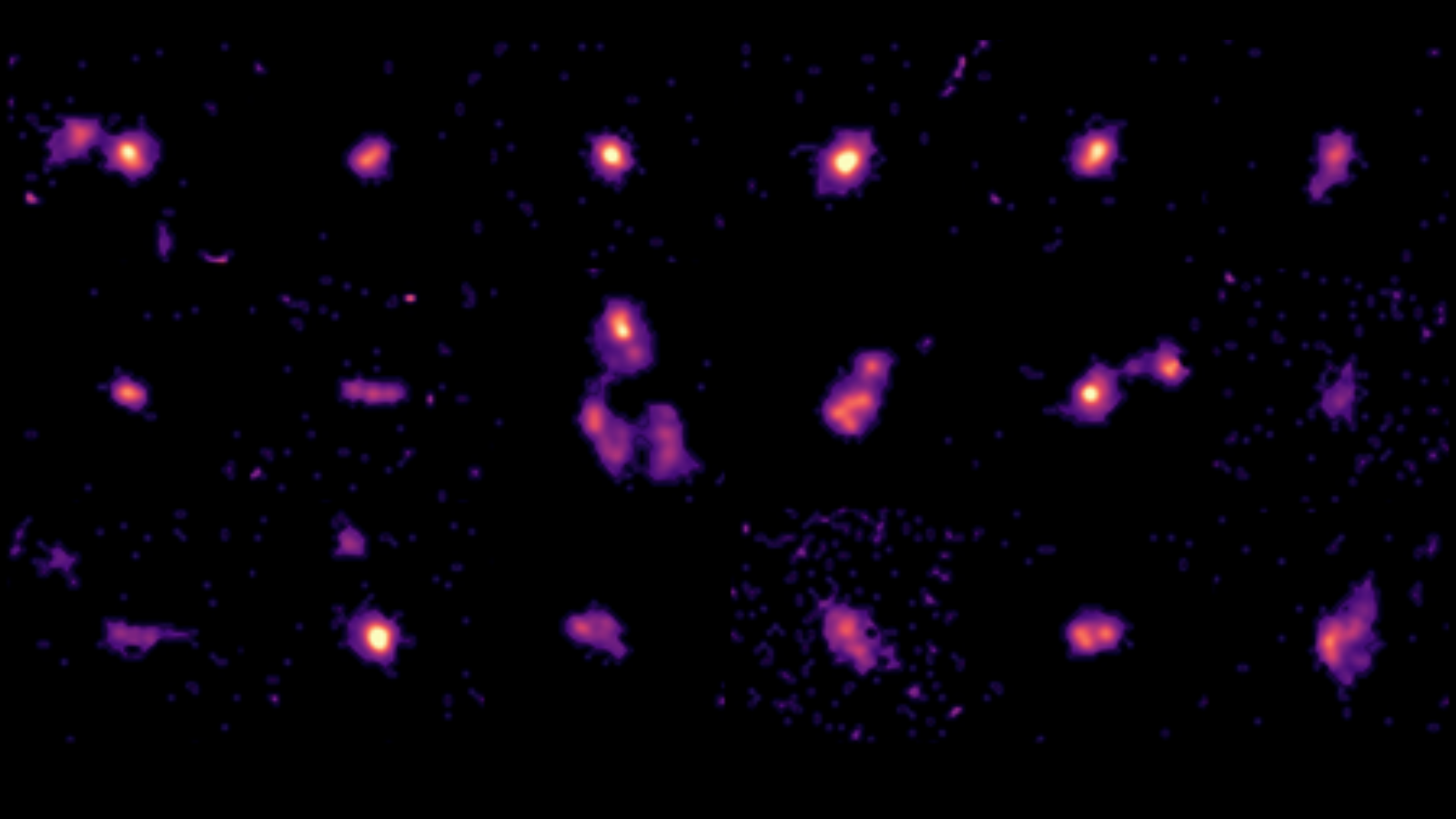See 1st lunar eclipse of 2023 darken the full Flower Moon in eerie photos
Earth's shadow partially blocked the light of the sun, creating a penumbral lunar eclipse.
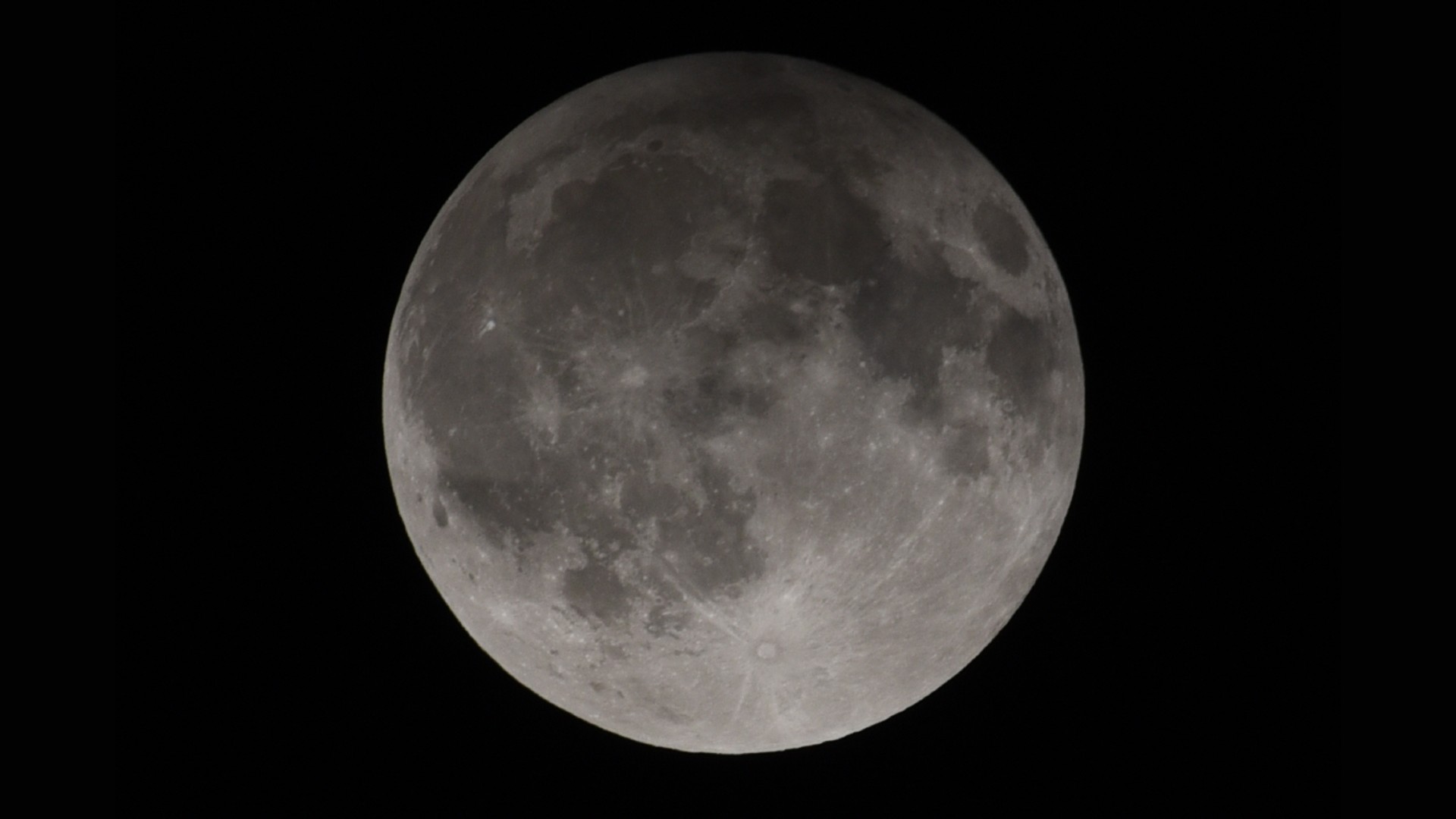
Skywatchers taking in the full moon this month got to witness the first lunar eclipse of 2023.
A penumbral lunar eclipse of the full Flower Moon took place on May 5, 2023 and was visible for much of the Eastern Hemisphere and Antarctica. This type of lunar eclipse occurs when the moon enters the outermost part of Earth's shadow, known as the penumbra. While these eclipses aren't nearly as dramatic as a total or partial lunar eclipse, they nonetheless offer skywatchers the chance to visualize the astronomical alignment of the sun, Earth and the moon in real time.
This particular eclipse appeared as a dark 'smudge' or 'stain' on the outer portion of the moon. Photographers throughout Asia and the Middle East were able to capture the eclipse in the eerie photographs below.
Related: Lunar eclipses 2023: When, where & how to see them

Looking for a telescope to observe the moon or anything else in the sky? We recommend the Celestron Astro Fi 102 as the top pick in our best beginner's telescope guide.
The second lunar eclipse of 2023 will be a partial lunar eclipse on October 28, followed by another penumbral lunar eclipse in March 2024. Be sure not to miss our guide offering a full calendar of lunar eclipses in 2023.
And if you live in the path of a lunar eclipse and want to take photos of it, be sure not to miss our guide on how to photograph a lunar eclipse.
During the full Flower Moon on May 5, skywatchers in Duhok, Iraq saw the penumbral lunar eclipse appear to just slightly darken one edge of the full moon in the night sky.
Breaking space news, the latest updates on rocket launches, skywatching events and more!
Some of the images from Duhok captured a fairly dramatic penumbral lunar eclipse in which the outer edge of Earth's shadow was plainly visible on the face of the moon.
Photographers in Moscow, Russia witnessed the eclipse darken a reddish-looking moon as it sat low on the horizon.
The penumbral lunar eclipse was more dramatic as seen from Banda Aceh, Indonesia, where it appeared to darken one half of the moon's disk.
Farther east, photographers in China captured the moon as it grew significantly darker when Earth's shadow stretched across it.
And in Srinagar, India, moonwatchers were treated to a spectacle as the penumbral eclipse created a distinct shadow across one side of the moon's face.
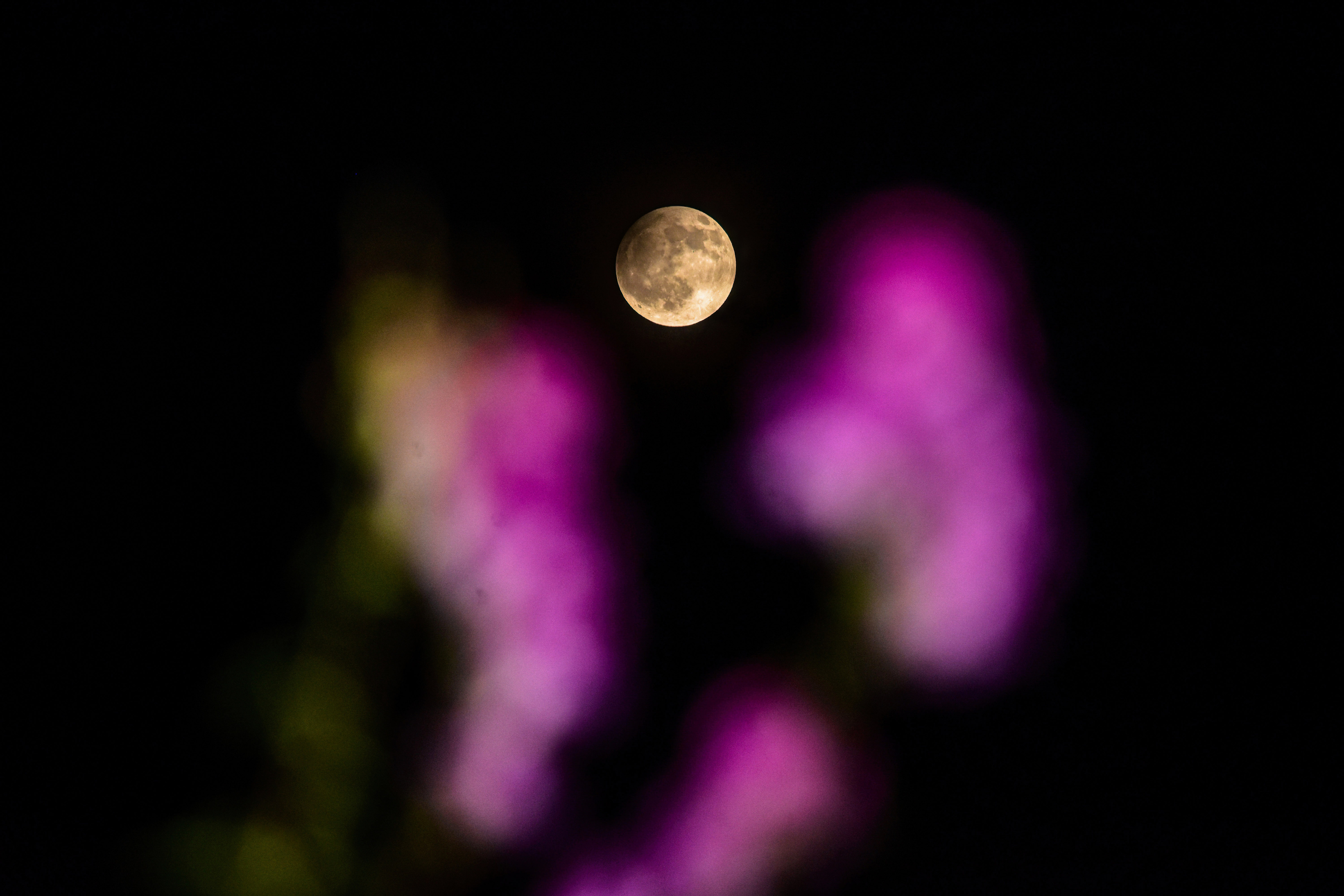
If you hope to take a look at the moon close-up during an eclipse or any other time, our guides to the best telescopes and best binoculars are a great place to start.
And for tips on photographing the night sky in general, check out our guide on how to photograph the moon and our rundowns on the best cameras for astrophotography and best lenses for astrophotography.

Brett is curious about emerging aerospace technologies, alternative launch concepts, military space developments and uncrewed aircraft systems. Brett's work has appeared on Scientific American, The War Zone, Popular Science, the History Channel, Science Discovery and more. Brett has degrees from Clemson University and the University of North Carolina at Charlotte. In his free time, Brett enjoys skywatching throughout the dark skies of the Appalachian mountains.


